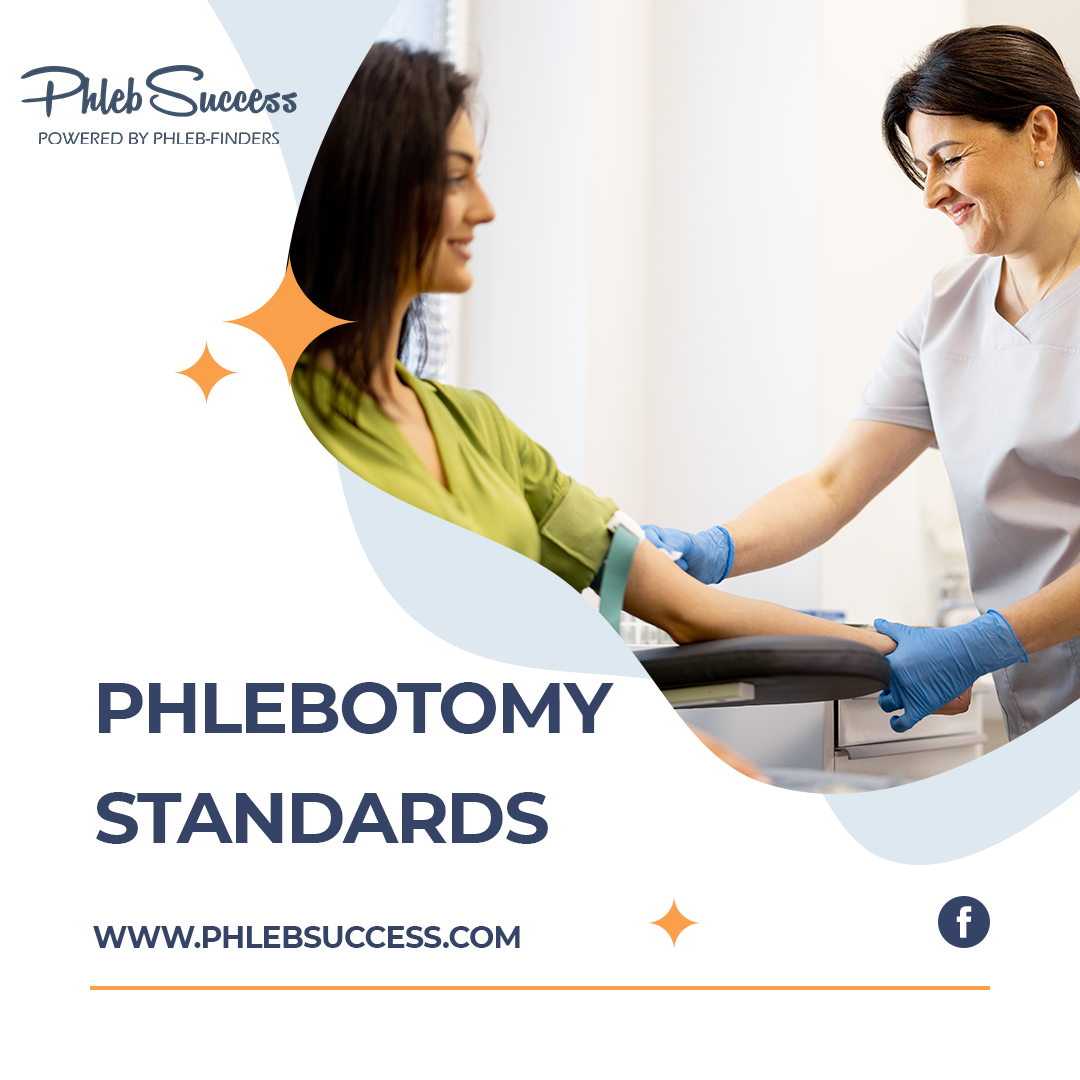Identifying and addressing special needs in blood collection
In the practice of phlebotomy, it is essential to recognize and address the special needs of individuals requiring blood collection. Adapting to these unique requirements ensures the safety, comfort, and well-being of patients, as well as the accuracy of collected specimens. Through attentive observation and effective communication, phlebotomists can identify and proactively respond to a range of special needs, thereby upholding the highest standards of patient care.
Pediatric Patients When collecting blood from pediatric patients, phlebotomists encounter the challenge of ensuring a positive and reassuring experience for both the child and their caregiver. Techniques such as distraction, comfort positioning, and the use of age-appropriate language are crucial in minimizing distress and facilitating a successful blood draw. Additionally, phlebotomists must be proficient in selecting appropriate collection equipment and adjusting methods to accommodate the unique anatomical and psychological characteristics of pediatric patients.
Geriatric Patients Elderly individuals often present special needs related to fragile skin, compromised venous access, and potential cognitive or sensory impairments. Phlebotomists should exercise gentleness and patience when interacting with geriatric patients, employing techniques that prioritize their comfort and minimize the risk of injury. Moreover, understanding the impact of age-related changes on vascular integrity and adapting venipuncture approaches accordingly is vital for ensuring a safe and successful blood collection process.
Patients with Disabilities Individuals with physical or cognitive disabilities require tailored approaches to blood collection to accommodate their specific needs and promote a positive experience. Phlebotomists must be adept at assessing the individual capabilities and limitations of these patients, providing necessary support, and utilizing adaptive equipment or techniques to facilitate the collection process. Effective communication and sensitivity to the unique requirements of each patient are central to delivering compassionate and respectful care to individuals with disabilities.
References:
- Strasinger, S. K., & Di Lorenzo, M. S. (2014). Phlebotomy: Worktext and Procedures Manual (4th ed.). Elsevier Health Sciences.
- McCall, R. E., Tankersley, C. M., & Wilkinson, D. S. (2011). Phlebotomy Essentials (5th ed.). Lippincott Williams & Wilkins.
- Bonini, P., Plebani, M., & Ceriotti, F. (2010). Errors in laboratory medicine. Clinical Chemistry, 56(2), 143-153.
